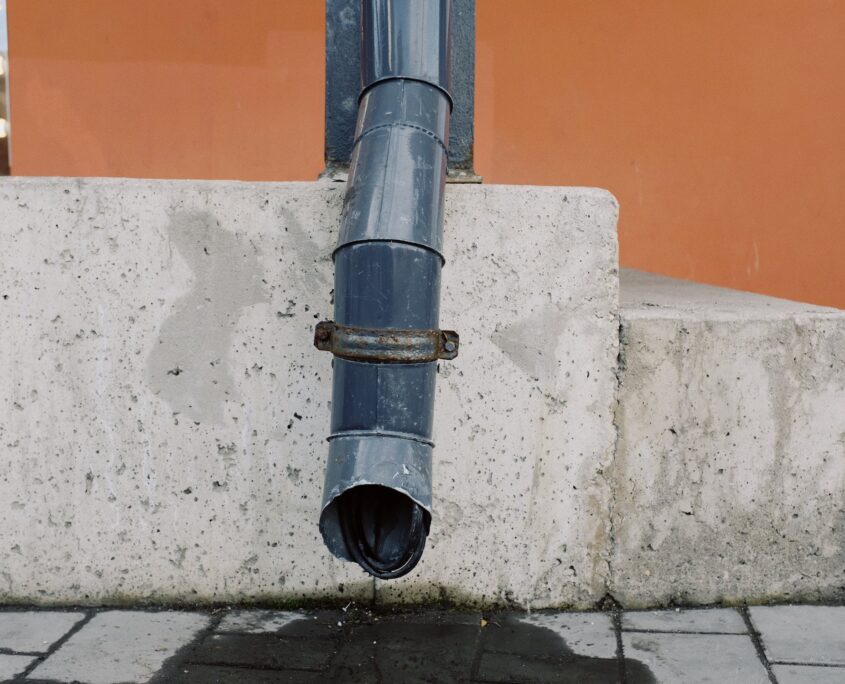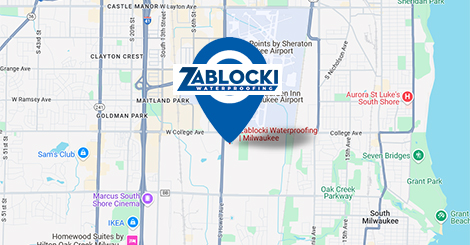As a homeowner, you’ve probably heard of basement waterproofing…maybe you’ve even considered it for your own home! But considering the investment of time and money involved in basement waterproofing, you may be wondering…is it worth it? In short, the answer is yes – but let’s dive deeper into why and how it works.
What is Basement Waterproofing?
While the term “basement waterproofing” can apply to many different things, at its core basement waterproofing is the process of applying various techniques and materials to prevent water from entering your basement. This can include things like sealing cracks in the foundation, installing drainage systems, and even excavating around the perimeter of your home to install a waterproof barrier.
The main goal of basement waterproofing is to prevent water damage and mold growth in your home. When water enters your basement, it can cause all sorts of problems – from structural damage to a musty smell that’s impossible to get rid of. By waterproofing your basement, you can avoid these issues altogether.
Does Basement Waterproofing Work?
But let’s get back to the question at hand – does basement waterproofing actually work? The short answer, as we mentioned earlier, is yes. Basement waterproofing techniques have been used for decades and have proven to be highly effective in preventing water damage and mold growth.
However, it’s important to note that not all basement waterproofing systems are created equal. Some may be more effective than others, depending on your specific situation. For example, if you live in an area with heavy rainfall or a high water table, you may need a more comprehensive waterproofing system than someone who lives in a drier climate.
Options for Interior Basement Waterproofing
There are several common methods of waterproofing a basement from the inside. Here are a few of the most popular:
- Interior sealants: This method involves applying a waterproof coating to the interior walls and floors of the basement. These coatings can be made of various materials, such as epoxy, polyurethane, or latex. Once applied, they create a barrier that prevents water from seeping through the walls or floor.
- Interior drainage systems: Interior drainage systems are designed to collect water that enters the basement and direct it to a sump pump, which then pumps the water out of the house. These systems typically involve installing a perimeter drain along the interior walls of the basement, as well as a drainage mat along the floor.
- Injection: This method involves injecting a waterproof material, such as polyurethane, into cracks in the foundation walls. The material then expands and fills the cracks, creating a watertight seal.
Each of these methods has its own pros and cons, and the best approach will depend on your specific situation. It’s important to consult with a qualified contractor to determine which method is right for you.
Waterproofing a Basement from the Exterior
Waterproofing a basement from the exterior can be more complex and expensive than interior waterproofing, but it can be a necessary solution for some situations. Here are some of the most common methods of waterproofing a basement from the exterior:
- Excavation: This is the most invasive option, but is also often the most effective. Excavation involves digging up the soil around the foundation to expose the walls, and then applying a waterproof coating onto the foundation walls. This method helps to prevent water from penetrating the foundation walls and is best used in cases of severe water infiltration.
- French Drain: A French drain is a trench with a perforated pipe that is installed around the perimeter of the foundation. The trench is filled with pea gravel or other drainage material, which allows water to filter down to the pipe and away from the foundation. The water is then directed away from the home via a drainage system.
- Exterior Waterproof Membrane: An exterior waterproof membrane is a sheet of material that is applied to the exterior of the foundation walls. It acts as a barrier to prevent water from entering the basement through the foundation walls. This method is often used in areas with a high water table or in situations where there is significant pressure on the foundation walls.
- Root Barrier: In some cases, tree roots can penetrate foundation walls and create cracks that allow water to seep in. A root barrier is a physical barrier, typically made of plastic or metal, that is installed around the foundation walls to prevent roots from growing near the foundation.
Choosing a Quality Contractor
If you’re considering basement waterproofing for your home or commercial building, rest assured that it is indeed an effective method of preventing water damage and mold growth. Just be sure to choose a reputable contractor and consider your specific needs when selecting a waterproofing system.
For years, Zablocki Waterproofing has been a trusted name in Milwaukee County. We offer expert basement waterproofing and foundation repair services. Contact Zablocki Waterproofing today for a consultation on how to best address your basement waterproofing needs.
 By Dale Granbois, co-owner of Zablocki Waterproofing
By Dale Granbois, co-owner of Zablocki Waterproofing
Dale Granbois is the proud co-owner of Zablocki Waterproofing, the premier basement waterproofing and foundation repair service provider in Milwaukee. Our team of experienced professionals offer a variety of services from complete basement waterproofing solutions to structural foundation repairs -all designed to keep your home or business safe and dry. Let us save you from expensive headaches caused by water damage and give you peace of mind with a safe and secure property. Contact us today for more information!






